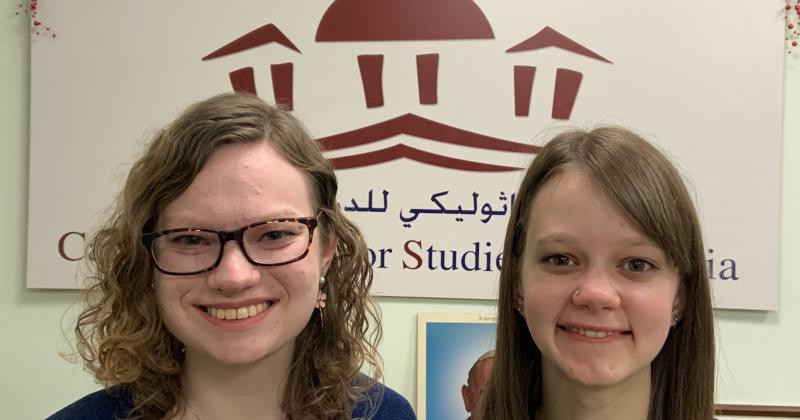The Week of Prayer for Christian Unity, observed annually by the Church, ended on Saturday, January 25 but its themes continue to be exemplified across the Western and Eastern Church in a variety of areas, including racial and denominational divides.
RACIAL RELATIONS
In the United States, a Lutheran Reverend in Medina, Ohio, called for unity in memory of Dr. Martin Luther King Jr. on Monday, January 20. As reported by Cleveland.com, the Lutheran congregation welcomed leaders from the Second Baptist Church, Presbyterian Church, and the United Church of Christ. All were to participate in the service which celebrated the national holiday of MLK Jr. Day.
The Ohio congregation, made up of members from several local churches, symbolically dissolved pieces of paper in the church’s Baptismal font. Each paper was marked with something the individual thought to be a “rope” dividing people such as “hate,” “fear,” or “racism.” The day’s messages and events served as both a demonstration and a push for future unity across racial and denominational boundaries.
According to a 2018 Journal for the Scientific Study of Religion, the number of multiracial congregations in the US nearly doubled between 1998 and 2012. While this progress is to be celebrated, Christianity Today reported that as of 2015, 8 in 10 congregations are still mono-racial (meaning at least 80 per cent of the congregation belongs to a single race/ethnic group).
The creation and the separation of churches happen for a number of reasons: Doctrinal disputes, minorities feeling inferior to the dominant group, wanting to preserve culture, and more. This problem is also beyond black and white, but be it race, nationality, theology, or denomination, homogeneity has long characterized most American church buildings. It is hoped that the Christian Church can play an important role in ethnic and racial reconciliation, though it is a struggle to believe this can happen if diversity is not yet a characteristic of most congregations.
Nevertheless, the Lutheran Church in Medina, Ohio, proves that leaders and believers coming together against larger evils (hatred, racism, and fear) is possible and something to be celebrated. In fact, the United States could look to many international churches as examples of how ethnic/racial diversity is a natural characteristic of not only Sunday mornings but the entirety of people’s week as well.
Perhaps the question is no longer why differences exist within the Body of Christ, but how the Church will come together in spite of them.
Lord Jesus prays for all believers in John 17, “that all of them may be one” just as He and His Father are One. While external differences and separation will most likely always characterize the Church and its surroundings, the Scriptures repeatedly remind us of God’s desire for unity--which may first have to be reflected as an inward discipline, where individuals make room for both the variety and wholeness of Christ and His Church.
ECUMENICAL UNITY
Doctrinal differences remain another barrier to Church unity, but efforts are being made to reach across catechetical lines both between Catholic, Orthodox, and Protestant believers.
Marking the end of the Week of Prayer for Christian Unity, His Holiness Pope Francis led a prayer service at the Basilica of Saint Paul Outside the Walls on January 25, 2020, presiding over vespers alongside representatives from the Anglican and Orthodox churches, namely Bishop Ian Ernest, representing the Archbishop of Canterbury, and Metropolitan Gennadios, representing the Orthodox Ecumenical Patriarch.
In his homily, Pope Francis proclaimed, “each community has a gift to offer to the others. The more we look beyond partisan interests and overcome the legacies of the past in the desire to move forward towards a common landing place, the more readily we will recognize, welcome and share these gifts.”
The following day, in celebration of the inaugural Sunday of the Word of God, 60 Bibles were given out to attendees of Mass at the Vatican from different backgrounds and traditions, including representatives from Orthodox and Protestant churches.
Though major splits like the Great Schism of 1053, the Protestant Reformation of 1517, and the racial tensions that have stretched across centuries have disrupted Church unity since its inception, hope for greater reconciliation seems only to be growing. With interracial congregations on the rise and Catholic relations with Orthodox and Protestant churches growing more frequent, an environment for better dialogue and lasting change is, God willing, in the making.
